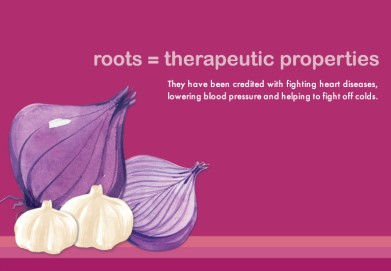
How can a product brand be extended to become a retail brand?
THE BIG QUESTION
Safal Veg Retail
Creating a strategy to expand the market for vegetables, extol the virtues of vegetarianism, and extend a successful product brand of frozen vegetables into a retail experience.
Idiom formed a strategy to expand the market for vegetables, revamp the brand, communication and its customer experience.
Safal was established as a cooperative for fruits and vegetables in 1988. As a retail chain, its systems were effective and up-to-date, however the end consumer was not being communicated too effectively. Over the years, Safal as a brand had grown old and the consumers preferred the modern retail experience that new supermarket chains offered.
Safal was a successful product brand for frozen vegetables. A natural extension was to create a retail footprint with Safal.


A study of Indian food consumption as carried out in order to dig out a singular thought that would drive the strategy, positioning and design development process. In due course of the study it was discovered that 31% Indians are vegetarians and that 42% eat vegetarian food more frequently. Changing lifestyles globally had brought the focus back to ‘Health & Wellness’. While the world discovered the virtues of ‘vegetarianism’, for Indians it was an integral part of life.
Hence, the strategy was to move Safal from a supply-led position of ‘Fresh Produce’ to a consumer led positioning of ‘Goodness of Vegetables & Fruits’.

The retail logo is kept simple and straightforward with a focus on the proposition - 'Pure Veg'.
The brand values are translated into a visual language which besides being fresh and vibrant, is also simple and honest.

The new store experience
was designed to be self-sustainable, cost-effective
and eco-friendly.
The furniture, display of products and storage units were designed for self-sustainability with optimum use of eco-friendly material. For example, the crates used for the vegetable-transport in the morning were used as display for products during the day. The crate had been used as a design element keeping in mind the material strength, carrying capacity, stackability and space limitation.
The store façade and fixtures were standardized with clear guidance for maintenance in order to ensure a consistent brand experience.
The lighting design ensured that there is optimum use of natural light in order to be both eco-friendly and to save costs.













